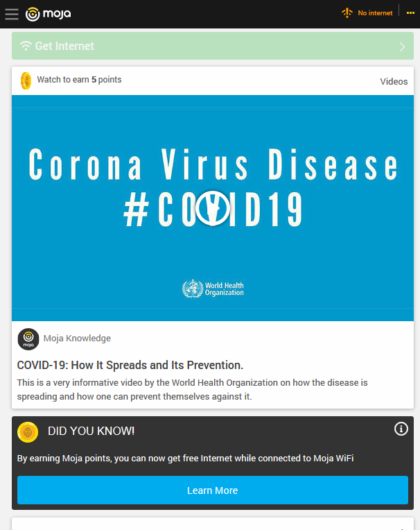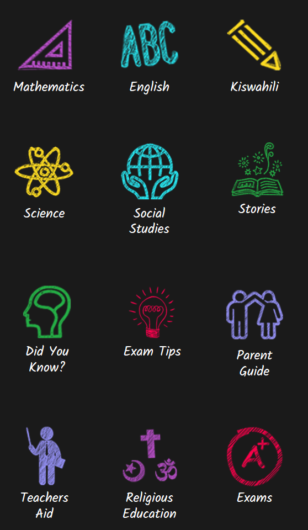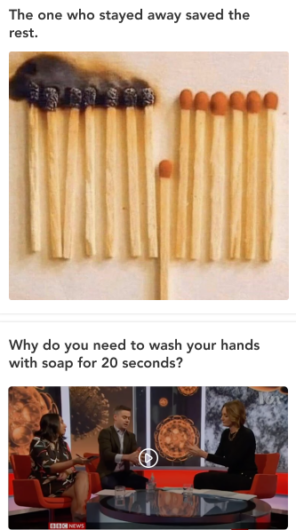Bridging the Digital Divide to Flatten the African Curve
BRCK’s Moja network covers 2 million people and has 8 million+ sessions per month, making it one of the largest public WiFi networks on the continent. With that kind of reach, we realized we could do something to help spread the information that’s so necessary during this crisis in order to flatten the African curve.
- First, we’re making sure people who want to get online watch approved coronavirus educational videos in order to earn their free internet time. This mechanism isn’t available almost anywhere else, so it provides a great opportunity to push the right information in front of people.
- Second, we have a whole channel dedicated to information, contacts, and alerts/updates on the coronavirus. You can see the current COVID-19 channel here.
- Third, we’ve created an educational channel for all ECD, primary, and secondary content so that children can continue learning when they’re not at school. You can see the current BRCK Education content aggregated here.
Educating Through Moja
The work Moja is doing today can have a huge impact on the non-pharmaceutical interventions to stop the spread. Moja is an outdoor public WiFi network that connects almost 1 million people in Africa to the internet for free every month. We reward our users for their attention and engagement with a digital currency called Moja points. Moja points can be used to connect to the internet.
Our users, like many people in Africa with smartphones, want to connect to the internet, the largest, greatest network of knowledge and information in the world. And they can afford to spend time, but not money, to get online. These incentives and connections are the pipelines through which we have now started disseminating locally relevant educational content about COVID-19.

Information about COVID-19 is the first thing users see upon connecting to Moja WiFi. Users connected to Moja can watch an educational video to earn points to go online.
People in urban Africa are no longer huddled around radios and TV sets waiting for the government to tell them what to do. They are looking to find information and connect with others on their smartphones. Unlike everyone reading this blogspot, and learning from other online sources, not everyone has the privilege of digital access. Not everyone has the privilege of being perpetually and ubiquitously online. The 4 barriers to connectivity are:
- Access (to a signal and/or a smartphone)
- Digital literacy
- Relevance of content (local languages, and accessible for the illiterate, etc.)
- Affordability
Because Moja addresses all 4 of those barriers, we are playing a growing role in bridging the digital divide. We are using that bridge to:
- Disseminate to our users as soon as they land on our captive portal the many PSAs in English and local languages about COVID-19, tactics, and strategies to stop the spread.


- Give our users the latest official and verified updates from government bodies and WHO.


- Provide an education content portal for learners, parents, and teachers. We had already done a lot of thinking during our Kio Kit days about the most relevant content for Kenyan students.


Looking Ahead
The challenge we have now is to use these tools to drive behavioural change by helping our continent understand why these changes are crucial to saving millions of lives. Because the paternalistic “what and how” approach simply won’t work. We need creative ways of communicating these messages effectively to people who may not even have a primary or secondary school education.

If you have content to share with our users, please click here.
We have a lot of work to do, and the work of the technology sector must include connecting 800 million people in Africa to the information they need to both understand and fight this pandemic.
The pipelines we build today will continue to bridge the digital divide for our young, entrepreneurial, and astute population that lacks access to the global digital economy today.